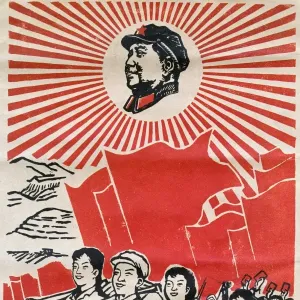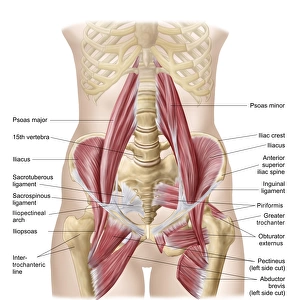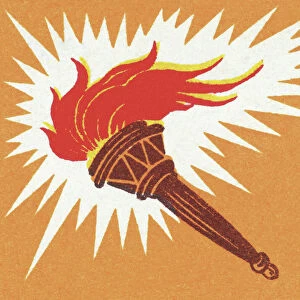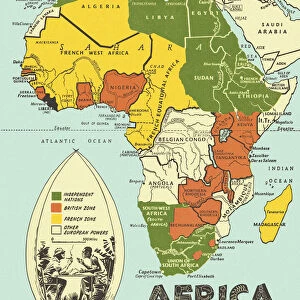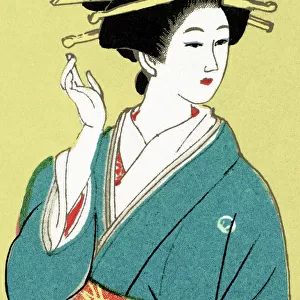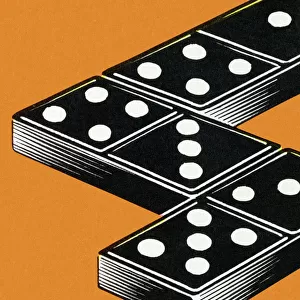Home > Popular Themes > Human Body
Herpes virus replicating
![]()

Wall Art and Photo Gifts from Science Photo Library
Herpes virus replicating
Herpes virus replicating, computer artwork.Viruses are only able to replicate in a host cell.The glycoprotein spikes in the virus envelope(green) enable it to fuse with the host cell smembrane (upper right). The virus capsid (proteincoat, blue), which contains its DNA(deoxyribonucleic acid) genome (red), is releasedinto the cells cytoplasm. The virus particletravels to the nucleus (pink), entering it througha nuclear pore, and uses the cells machinery toreplicate its own DNA and produce and assemble newcapsid proteins. The daughter DNA enters the newcapsids and the particles leave the nucleus, againthrough a nuclear pore. Envelope proteins areadded to the capsid by Golgi bodies in thecytoplasm. The viruses then leave the cell, readyto infect another cell
Science Photo Library features Science and Medical images including photos and illustrations
Media ID 1124158
© Russell Kightley/Science Photo Library
Capsid Cytomegalovirus Envelope Enveloped Genome Glycoprotein Spike Herpes Herpes Simplex Virus Herpesviridae Host Cell Hsv 1 Icosahedral Image Magnified Image Microscopic Subjects Nucleus Particle Pathogenic Re Production Replicating Replication Reproducing Spike Varicella Zoster Virus Viral Virion Virology Viruses Computer Artwork Deoxyribonucleic Acid Micro Biology Microbiological Pathogen Virus
EDITORS COMMENTS
This print showcases the intricate process of the Herpes virus replicating within a host cell. In this stunning computer artwork, we are given a magnified view of the virus's replication cycle and its interaction with the human body. The image highlights the glycoprotein spikes present in the virus envelope, which enable it to fuse with the host cell membrane. As depicted in green, these spikes play a crucial role in initiating infection. The blue protein coat represents the capsid that houses the virus's DNA genome, shown in red. As we delve deeper into this microscopic world, we witness how the virus particle travels towards the nucleus (pink) through a nuclear pore. Once inside, it utilizes cellular machinery to replicate its own DNA and produce new capsid proteins. The daughter DNA is then encapsulated within new capsids before leaving through another nuclear pore. To complete their lifecycle and continue spreading infection, envelope proteins are added to these newly formed capsids by Golgi bodies found within the cytoplasm. Finally, as illustrated here, these mature viruses exit their host cell ready to infect other cells and perpetuate their pathogenic nature. This remarkable illustration not only provides insight into virology but also serves as a reminder of our ongoing battle against infectious diseases like herpes. It demonstrates both scientific precision and artistic flair while shedding light on an essential aspect of microbiology research conducted by Science Photo Library.
MADE IN THE UK
Safe Shipping with 30 Day Money Back Guarantee
FREE PERSONALISATION*
We are proud to offer a range of customisation features including Personalised Captions, Color Filters and Picture Zoom Tools
SECURE PAYMENTS
We happily accept a wide range of payment options so you can pay for the things you need in the way that is most convenient for you
* Options may vary by product and licensing agreement. Zoomed Pictures can be adjusted in the Basket.



